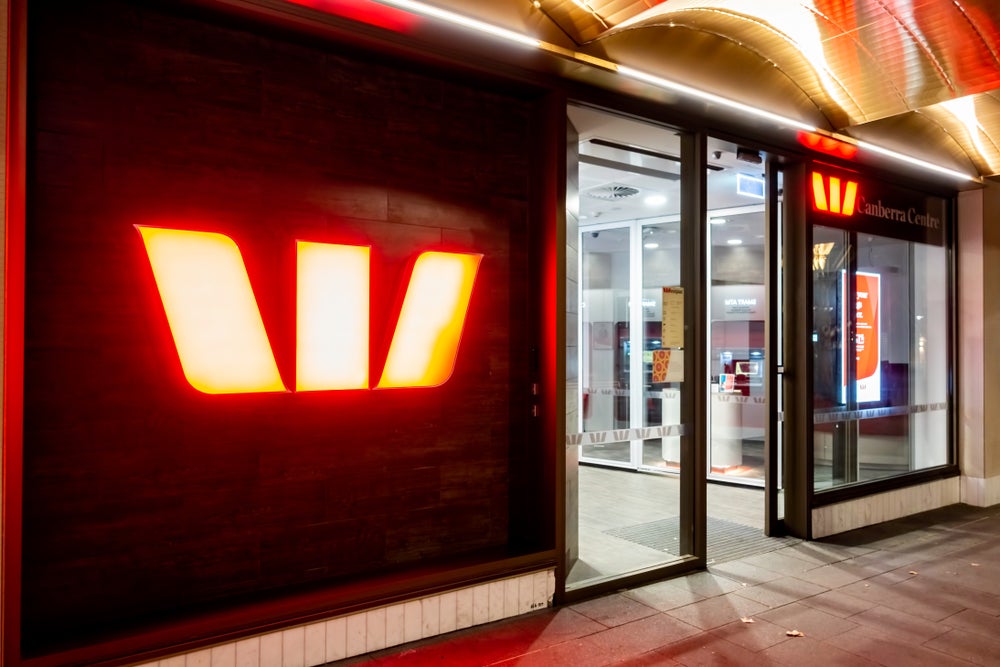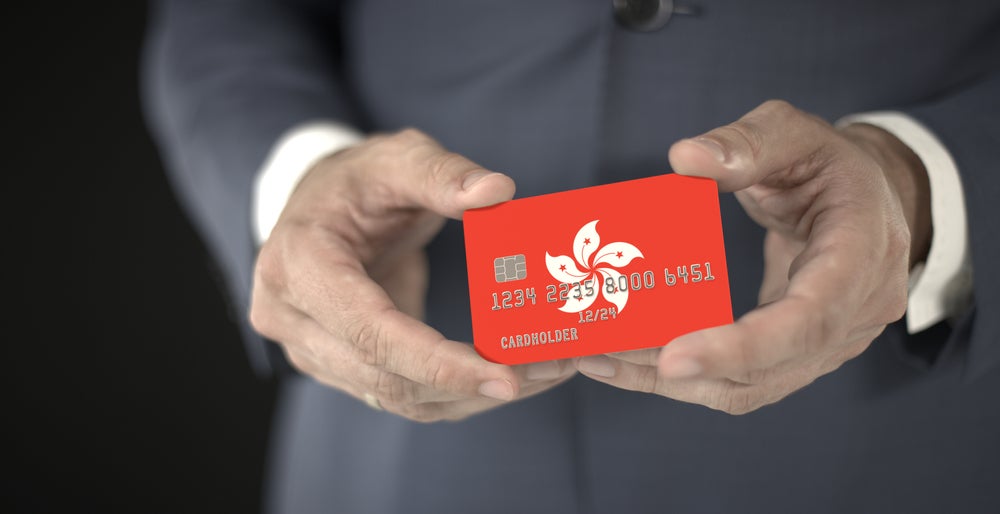has been an unexpected boost for the country’s card issuers, and
the major players are using sophisticated consumer segmentation
methods to appeal to a wide array of cardholders. Victoria
Conroy reports.
western European markets, but the last three years has seen the
number of credit cards in Spain overtake the number of ‘pure’ debit
cards. For a traditionally debt-averse country this is no small
feat, and indicates that there is still plenty of room for growth –
especially given that interchange levels in the country have
fallen, making the cost of using and accepting payment cards lower
for merchants and consumers alike.
2007 amounted to 74.8 million, a 6.9 percent increase over 2006. It
was 2005 when for the first time, the number of credit cards
surpassed the number of debit cards, and in 2007, the number of
credit cards had risen to 43.4 million, compared to 31.4 million
debit cards. Industry analysts DBK estimate that 2008 could see
over 80 million cards in circulation, with credit cards expected to
record a growth rate of around 12 percent.
POS infrastructure in the country, only 13 percent to 14 percent of
all payments are made with payment cards, a much lower level than
in markets such as the US or UK. Spending on cards is on a healthy
upwards trajectory, however.
mark for the first time in 2007 (1.03 billion), compared to 820
million in 2006, whilst the number of transaction on debit cards
amounted to 863 million in 2007, compared to 807 million in
2006.
amounted to €56.30 billion ($86.97 billion) in 2007, compared to
€47.30 billion in 2006, whilst debit card spending amounted to
€39.70 billion last year, compared to €37.15 billion in 2006.Behind
this positive uplift in both credit and debit card spending lie a
mixed set of factors.
going through something of a rough patch, due to a falling housing
market, which is forcing more people to utilise existing lines of
credit and finances at a much higher rate than before. On the other
hand, a renewed focus on competition, both from Spanish banks and
foreign entrants, is helping issuers to innovate and launch highly
segmented offerings to consumers who previously saw no need to have
a payment card.
 Banks have relaxed requirements and as
Banks have relaxed requirements and assuch, credit cards are now being offered to previously neglected
consumer segments, such as immigrants, young people and older
adults.
Caixa, BBVA, Santander, Banco Popular and Caja Madrid, and in 2006
they had a combined market share of around 40 percent in the number
of bank cards in circulation.
level with a very recognisable range of cards with unique designs,
and also a range of personalised cards. A La Caixa spokesperson
told CI: “La Caixa has issued more than 1.5 million cards bearing
personalised images, such as cities, images provided by the client,
art, patterns and so on. There is no doubt that this service has
helped us to attract new clients and offer a more personalised and
standout service.
cities and towns, allowing clients to identify themselves with
their home towns. These cards give greater emotional attachment to
the card, with customers carrying images of their home towns or
places they identify with on their credit card. Also, clients from
abroad can choose to personalise their cards with an image
representing their home country, such as France, Germany, United
Kingdom, China, Pakistan, and so on.”
Caixa customers, they have also led to an increase on spending with
such cards – La Caixa says that customers with personalised cards
spend an average of 16 percent more than other cardholders.
The card networks
In January 2008 Visa Europe reported that for the first time, in
2007 the amount of transactions at the POS in Spain had surpassed
the number of transactions at ATMs, with Visa cardholder
expenditure on all Visa cards at the POS in Spain rising by 14.4
percent from 2006 to 2007, representing 53 percent of its total
payment volumes. The total number of Visa cards in Spain in 2007
grew by 9.4 percent to reach 46.2 million in circulation.
stores rose by 17.3 percent to reach 599 million, with spending
growing by 20 percent to reach €39.2 billion. Transactions with
commercial cards scored a 14.5 percent rise.
Visa cards will be issued over the next three years. Visa also
reported that the number of Visa-accepting POS terminals in the
country amounted to 1.3 million and 58,000 ATMs.
cards were not available at the time of going to press,
MasterCard’s Maestro is the largest debit scheme in Spain.
MasterCard recently published the results of a survey entitled:
“Barometer of Cards 2007”.
cardholders using revolving credit cards increased by 10.2 percent
in 2006 to represent 14.7 percent of total payments with cards in
Spain being made with a credit card. On the other hand, the number
of credit cardholders using cards with loyalty programmes increased
by 7 percent over the last 2 years to 28.3 percent of cardholders.
Loyalty programmes are one of the incentives more valued by
cardholders, especially at times of high consumption like Christmas
or summer vacations.
Spanish cardholders, found that 90.2 percent of credit cardholders
used their cards primarily for purchases, an increase of 10 percent
compared to 2006.
locations increased by 3 percent from 2006 to amount to 82.4
percent of cardholders, whereas the use of debit cards at ATMs fell
slightly to 93.9 percent of cardholders in 2007, compared to 95.3
percent in 2006.
people held a credit or debit card, representing a penetration
level of 71.1 percent. Of those who earned more than €1,500, the
penetration level amounted to 85.6 percent of people interviewed.
Young people aged between 18 and 34 are the primary users of card
payments, amounting to around 86 percent of people in this age
bracket in 2007. Also, 73.8 percent of men held a payment card,
compared to 68.5 percent of women surveyed.
would be teaming up with Spanish banking groups La Caja Insular de
Ahorros de Canarias and EURO 6000 to trial a miniature version of
its contactless PayPass card.
Mini Card in the city of Las Palmas de Gran Canaria with 400
customers and 15 merchants, mostly restaurants and pharmacies. A
second phase will see the cards rolled out to over 5,000
customers.
International’s European Union (EU) region accepted a proposal from
Visa España to create two new member groups: ServiRed and EURO
6000. That meant that Spanish banks are now represented by three
different group members – ServiRed, EURO 6000 and Sistema 4B – and
Visa International has taken back the Visa España trademark.
ServiRed, with 103 members, is the largest member group, and in
2007 it reported that it had 39.8 million cards issued by its
members, compared to 37 million in 2006. ServiRed cards are all
Visa and MasterCard-branded bank cards.
amounted to €63.34 billion, representing a 12.4 percent increase
for the year. While this rate of growth flattened from the 16.01
percent posted in 2006, for the first time ever, total card
purchases exceeded total ATM cash withdrawals, clearly indicating
progress towards the main objective of the payments system which is
to substitute cash with cards in purchases. However, ServiRed cards
were used for 10.1 percent of household spending in 2007, up only
slightly from the 9.46 percent recorded in 2006, lagging far behind
the European average.
grew by 6.1 percent in 2007 to a total of €62.26 billion. While the
number of cash withdrawal operations in the year was only half as
large as that of card purchases, the average withdrawal amount of
€114.78 was more than double the average of €53.71 for
purchases.
were 6.5 million Maestro cards under the EURO 6000 banner, compared
to 709,000 Visa Electron cards. There were 5.2 million MasterCard
credit cards in circulation, compared to 2.4 million Visa credit
cards. However, of these figures, around 65.7 percent of Maestro
cards were classed as active, compared to 69 percent of MasterCard
credit cards, 60 percent of Visa Electron cards and 54.7 percent of
Visa credit cards.
there were around 7.4 million Maestro cards issued under its
umbrella, with over 7.4 million Visa credit cards and 3.9 million
MasterCard credit cards issued, giving Sistema 4B a total of 18.7
million cards in 2006.

Regulation and interchange
Spain’s interchange environment is characterised by year-on-year
reductions in interchange levels for both credit and debit cards.
This trend began in 2006 and is becoming more pronounced, with
merchant fees also falling sharply, due to the signing of a
Framework Agreement in 2005 by card payment systems and
merchants.
How well do you really know your competitors?
Access the most comprehensive Company Profiles on the market, powered by GlobalData. Save hours of research. Gain competitive edge.

Thank you!
Your download email will arrive shortly
Not ready to buy yet? Download a free sample
We are confident about the unique quality of our Company Profiles. However, we want you to make the most beneficial decision for your business, so we offer a free sample that you can download by submitting the below form
By GlobalDataauthorising the interchange fee arrangements of the Spanish card
schemes, and in December of that year an agreement was reached
between the card networks and the Spanish Ministry of Industry,
Tourism and Trade for interchange fees to be reduced from a maximum
of 2.32 percent to 1.1 percent by 2008. However, it is difficult to
say whether the decrease in merchant service charges is being
passed on to consumers by merchants in the form of lower
prices.
 It is credit
It is credit
cards that have borne the most significant reductions. However, the
reduction in interchange fees charged to merchants has had a
galvanising effect on merchants who are actively removing barriers
to consumers wishing to make payments with cards, for example, by
reducing minimum spend amounts on cards.
reductions by increasing commissions and fees on the issuance and
maintenance of cards. Debit card commissions in particular have
risen by 22 percent between 2005 and 2007, according to the Bank of
Spain.
had risen to €13.71 in 2007. However, in an effort to promote the
use of credit cards, issuers have by and large not changed the cost
of using a credit card to withdraw cash from an ATM. At the same
time, banks have vastly improved the range of services on offer for
both debit and credit cardholders.
punitive measures, however. In early 2008, it was announced that
Spain’s Supreme Court had confirmed a fine of €4.5 million on 7
bank organisations and 3 card companies, who were originally fined
by Spain’s competition authorities in April 2002 for having a
“collusive pact”. The Plenary session of the Court of Defense of
the Competition fined with €600,000 each to Visa Spain, Sistema 4B,
EURO 6000, Santander and BBVA, and Banesto, Sabadell Bank, Banco
Popular, Caja Madrid and Atlantic Bank with €300,000 each.
Issuers
Caja Madrid
Caja Madrid closed the year 2007 with a total of 5.8 million cards,
155,000 more than in 2006, with a total purchase transaction volume
of €18 billion. The savings bank said that these numbers affirmed
“historical landmarks for the organisation” and “not only imply a
reinforcing of the confidence of the clients in the organisation,
but also a greater rate of card use by the users”.
that there were around 600,000 of its cards incorporating EMV
technology, representing around 10 percent of its total card base.
Continued EMV migration will mean that by 2009, all Caja Madrid
cards will be EMV-compliant.
La Caixa
In the first half of 2007, the growth rate for La Caixa card
transactions was 9.2 percent – in April 2008, La Caixa reported
that it was now managing a total of 10 million cards, 750,000 more
than in 2006, representing a growth rate of 8 percent. Spending on
cards in 2007 totalled €16.9 billion, representing growth of 12.8
percent.
546 million transactions, with a joint volume of POS purchases and
ATM cash withdrawals amounting to €32.95 billion.
service is an innovative savings plan that permits the customer to
save by using the credit card in making purchases, linking the use
of the card with a savings deposit at an annual nominal interest
rate of 5 percent – purchases made at the POS are rounded off to
the next higher multiple of €5.
and debit cards in commercial establishments for everyday purchases
in such a way that the customer is saving while using the card,
reducing the use of cash.
Caixa has launched the Caixa Rápida service, whereby small
purchases at shops that work in partnership with La Caixa can be
made more quickly, with no need for the customer to sign a receipt
when using their card and therefore speeding up the payment
process. A La Caixa’s spokesperson told CI: “Volumes growth will be
an increasingly important factor for the sustainability of this
business.” La Caixa also has more than 150 affinity programmes
running in Spain.
Santander
Santander is Spain’s biggest bank and has two retail banking
networks in Spain, the Santander branch network and Banesto,
alongside Santander Consumer Finance and Banif.
Santander had a total of 16.2 million cards in circulation in Spain
– 5.42 million under Santander Branch Network, 8.69 million under
Santander Consumer Finance, 2.07 million under Banesto, and 30,000
under Banif.
offerings to other retail banking product lines in a focused
cross-selling strategy. In 2007 Santander launched its “We Want to
be Your Bank” strategic plan, which continues to be the main growth
driver in business with individual customers.
shareholders, shops, professionals, the self-employed, university
students and immigrants. Service fees have been eliminated for the
4 million customers benefiting from the Plan, who are also offered
a wide range of products and associated services.
Banco Popular
Banco Popular has around 6 million debit, charge and revolving
cards in circulation. It has partnered with airline Iberia to offer
the co-branded Visa Iberia card.
percent discount at Repsol Group service stations (under the brands
Repsol, Campsa and Petronor) and can be used to pay motorway tolls
and for services at selected garages.
major retailers including Sony and GEA. In mid-2007 it launched, in
conjunction with RAC, a new Visa credit card offering a 3 percent
discount on gas station purchases. The card is also free for the
first year.

BBVA
At the end of 2007, BBVA reported that it had 6.9 million cards in
circulation, a rise of 3.5 percent compared to 2006, with sales up
16.6 percent on 2006. At its online banking unit Uno-e, lending
increased 24.3 percent to €1.1 billion. A 28.6 percent rise in
private cards was boosted by a new agreement signed in 2006 with a
leading operator in the food sector, while a 30.9 percent increase
in Visa cards was attributable to consumer finance at the point of
sale – generating a turnover of €184 million, a 20.1 percent rise
over 2006. BBVA launched ‘Visa Young Blue’ for young people less
than 26 years of age with a credit limit of up to €3,000.
launched a free credit card that offers 0 percent interest and
deferred payments for cash withdrawals for the first three months.
The bank claims the product, the Gold 3 card, is the first premium
MasterCard in Europe to enable customers to defer payments for that
length of time.
BBVA consumer finance’s Prática credit offering, with which it
shares its credit limit. In 2007, BBVA announced that it had signed
up to 160,000 immigrants as customers in Spain in 2006, many of
them from Latin America. At the end of 2006 BBVA had 552,000
immigrant customers in Spain and said it expected this number to
grow to 700,000 in 2007.







